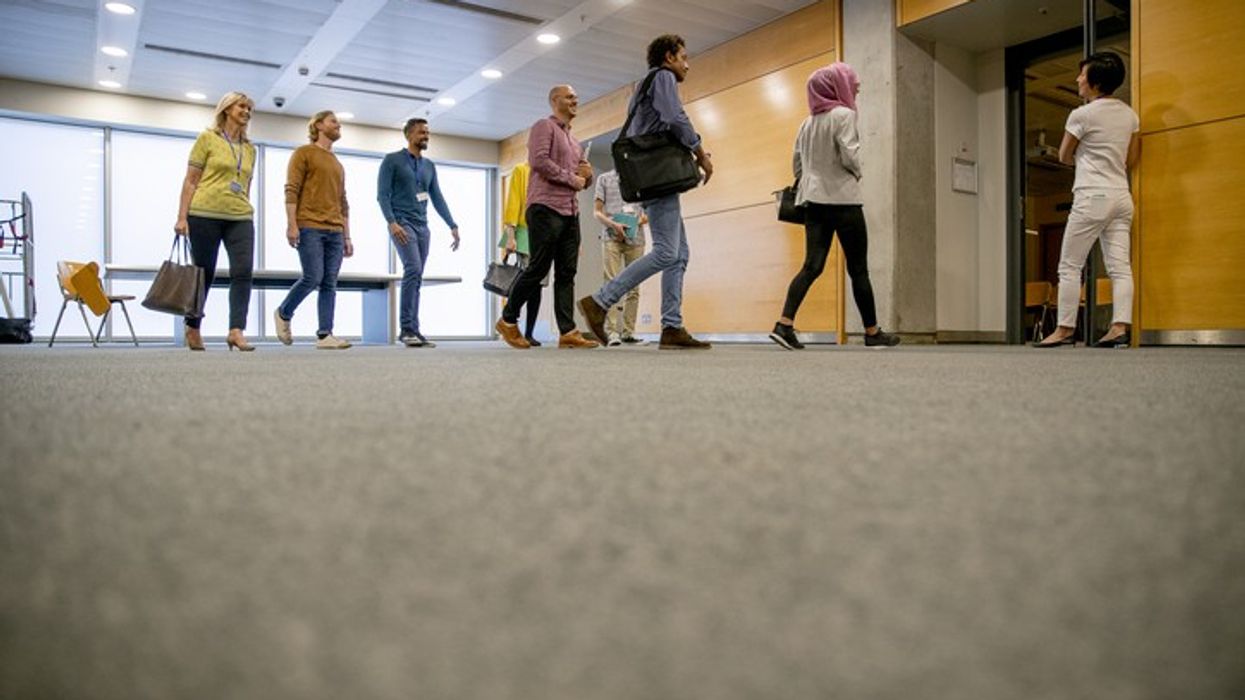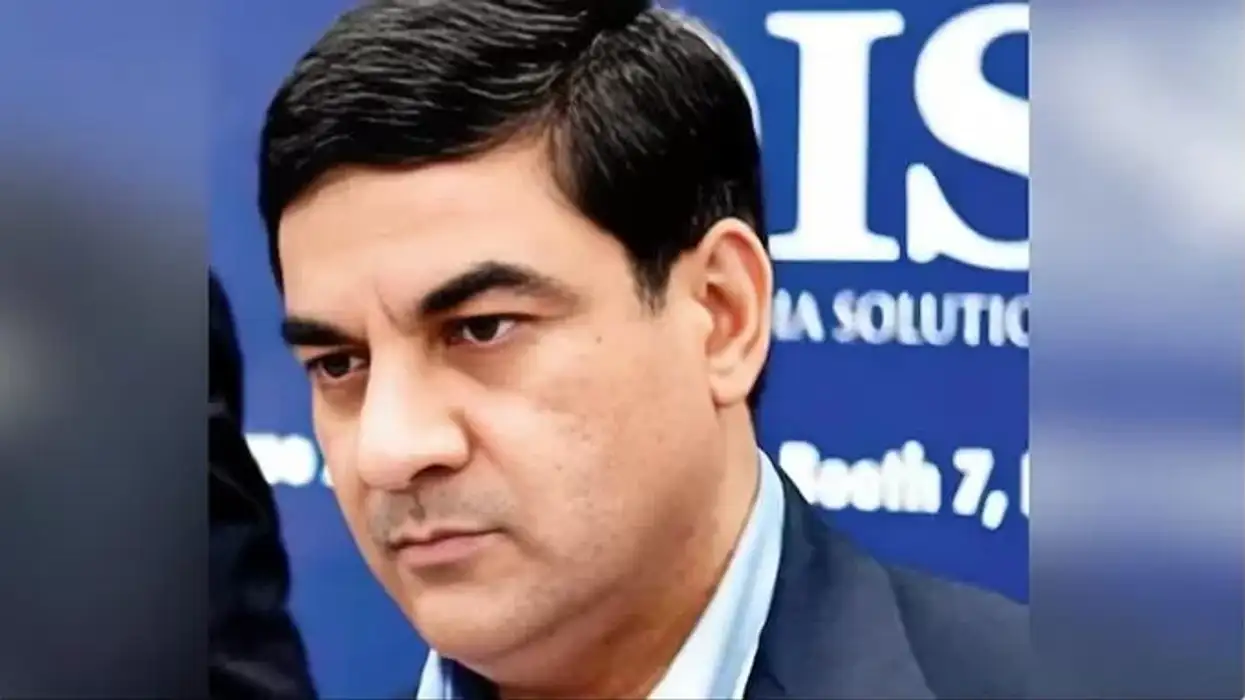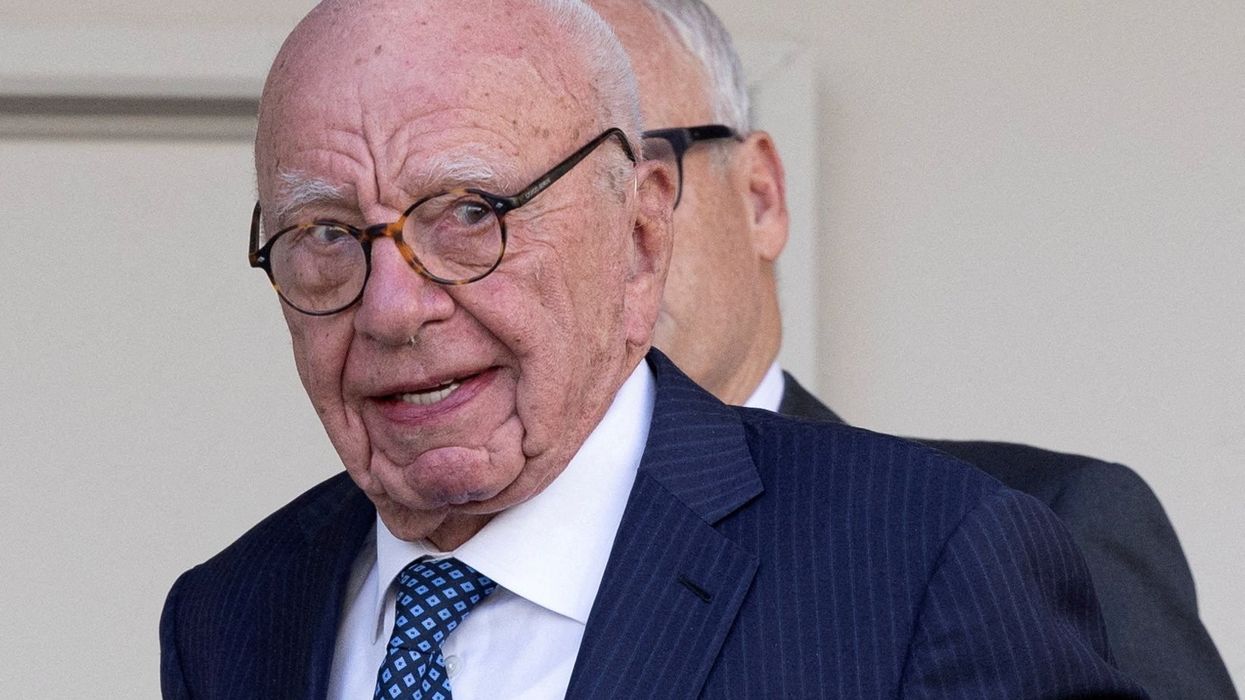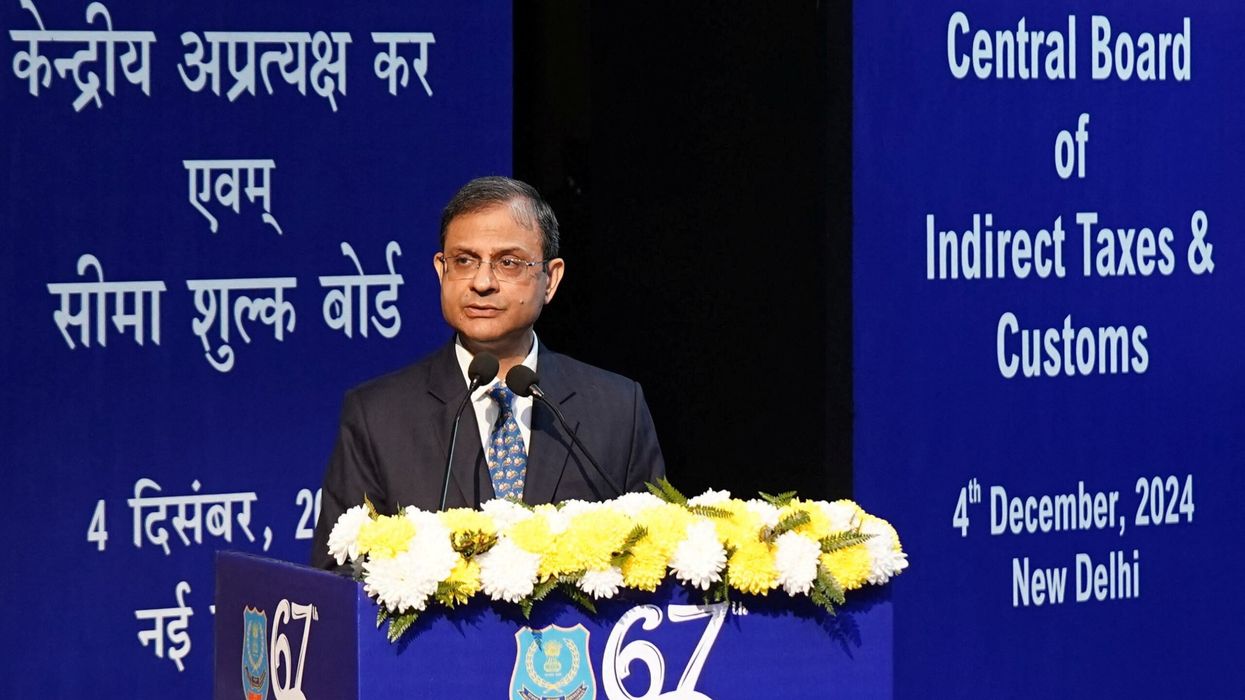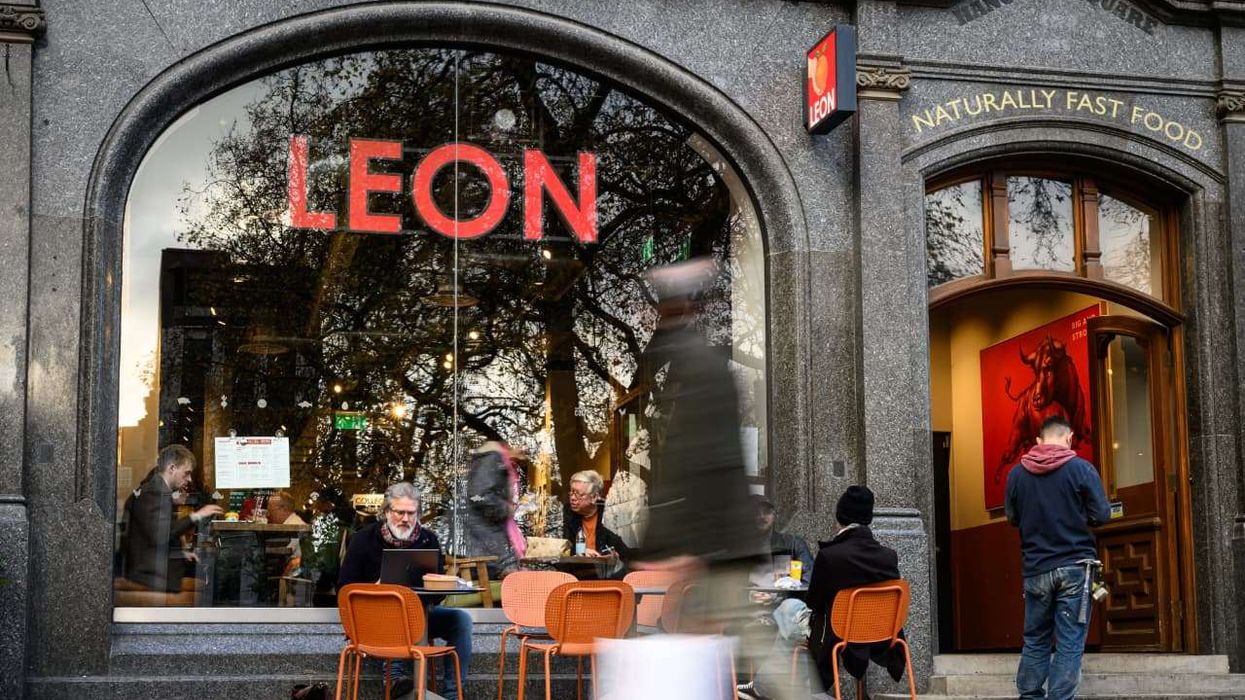UK BUSINESS bodies have urged the government to introduce mandatory reporting of pay gaps between staff of different ethnicities, calling it an “obvious step” to tackle racial inequality at work.
Making the plea, the UK’s largest business lobby group Confederation of British Industry (CBI) has joined the Trades Union Congress (TUC) and the human rights watchdog Equality and Human Rights Commission to make the pay gap reporting mandatory in businesses.
In a joint letter to the Cabinet Office minister Michael Gove, the business bodies has called on the government to go beyond the recommendations made in April by Commission on Race and Ethnic Disparities which drew heavy criticism.
Mandatory reporting will not only help draw attention to pay disparities but such a move will also help tackle lack of minority representation across senior positions, and hopefully spark action by employers, the letter said.
“We’re asking the government to make it mandatory for employers to report on their ethnicity pay gaps, building on the successful framework already in place for gender,” the letter said. “Reporting, done well, can provide a real foundation to better understand and address the factors contributing to pay disparities.”
CBI’s chief UK policy director Matthew Fell said that businesses should understand the action they need to take meaningful action they need to take so as to have “ethnically diverse employees all the way to the boardroom, to creating inclusive workplaces where talented individuals can progress”.
TUC general secretary Frances O’Grady said that though everyone deserves the chance to thrive at work, the sad reality is that even today, “race still plays a significant role in determining people’s pay and career progression”.
Mandatory pay gap reporting will follow footsteps of gender pay gap reporting, which has been a legal requirement for businesses with more than 250 employees since 2017.
Some businesses, including banks such as Barclays, NatWest and Lloyds, have already begun voluntarily reporting their ethnicity pay gaps.
